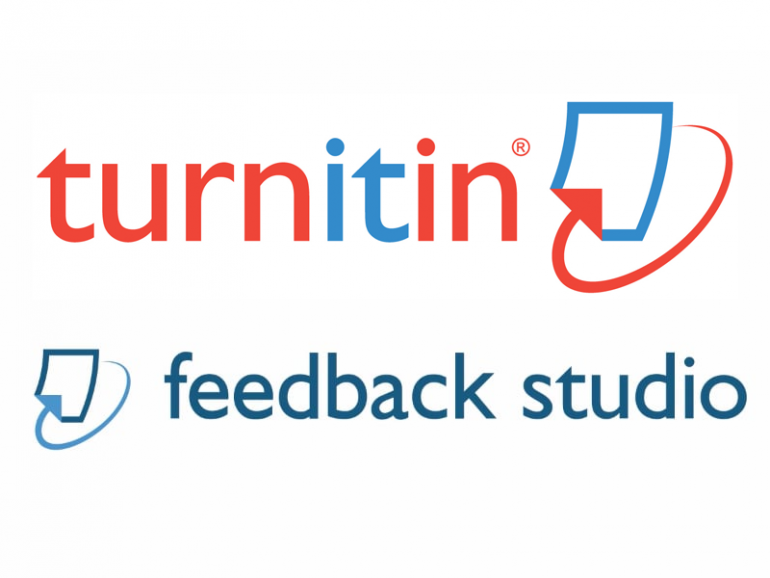The University’s similarity detection software, Turnitin, has undergone a cosmetic makeover and re-branded its feedback and grading interface. The new version is known as “Turnitin: Feedback Studio” and is now the default view you will see when logging in to the Turnitin document viewer. Users are given a brief tour of the new layout when logging in for the first time and are given the option of toggling between versions until July 2017.
What has changed?
![]()
Turnitin has produced a helpful video (opens in new tab) that outlines the main differences between the versions. The two most prominent are:
- The new name: Turnitin: Feedback Studio, which more accurately reflects what the tool can be used for. It’s not just a similarity detection tool. It can also be used to provide targeted and useful feedback (both written and audible) to students.
- The layout: The feedback buttons are now located together on the right hand side of the document viewer screen (see the image to the right), under the layers Instructor Feedback and Similarity. Selecting these buttons expands and contracts the corresponding layer for Quickmarks, Feedback Summary, rubrics and the similarity detection tools. Staff will see additional buttons for download, and submission details.
The Turnitin Classic vs Feedback Studio video provides further details.
What stays the same?
Most of the existing functionality will not change. Some of the key Learning Management System (LMS)/Turnitin processes that will continue as usual are:
- Setting up a new Turnitin assignment through the LMS
- Editing an existing assignment’s criteria and settings
- The Turnitin assignment inbox (which provides an overview of the submission details of a student cohort including similarity scores, grades, paper IDs and submission dates)
- Student access to My Grades/Feedback on the LMS.
For more information
Watch the video below and practice using the new interface with the Interactive demo. Guides are available online for administrators, teaching staff and students. Please contact the Educational Innovation helpdesk for further information or assistance (all links open in new tabs).





